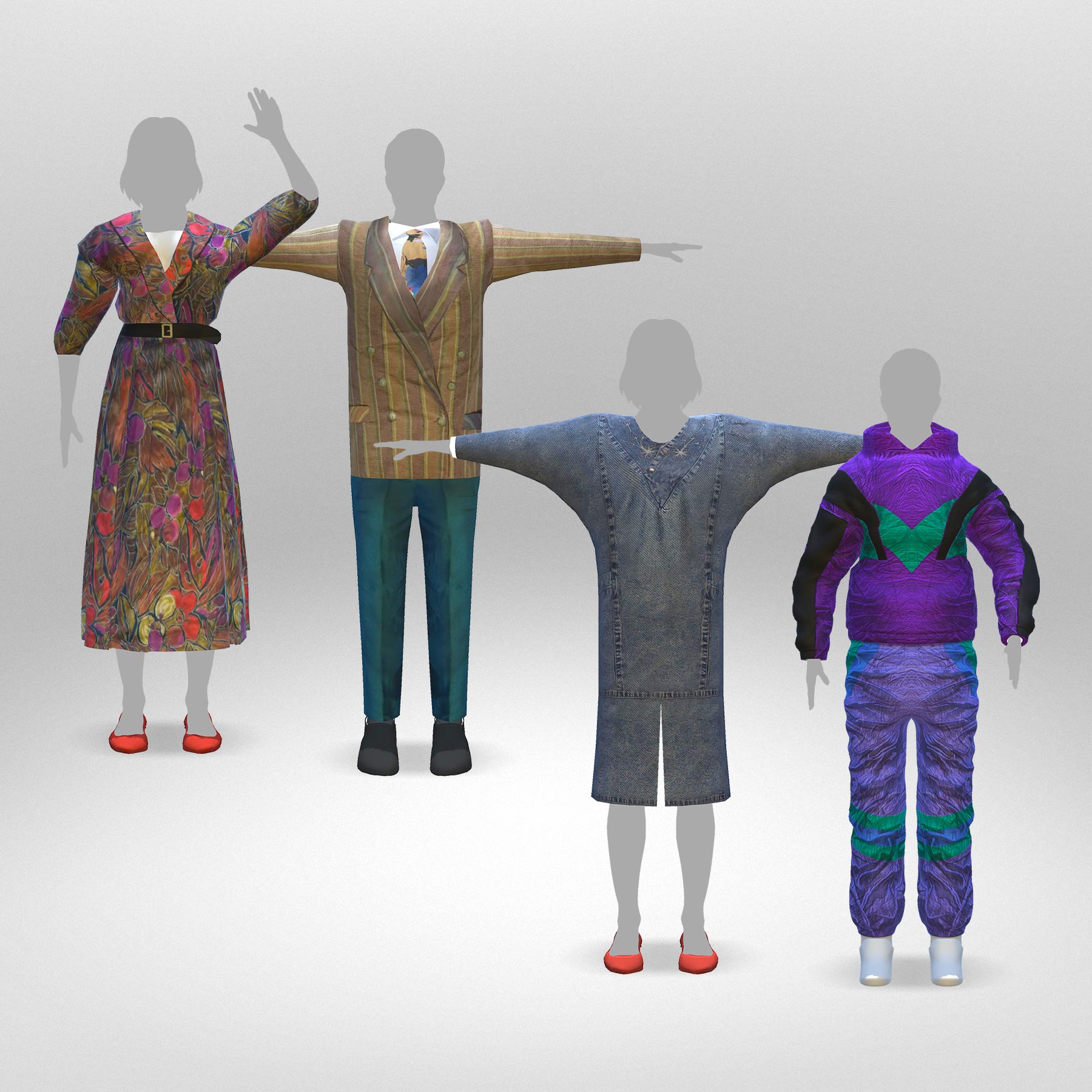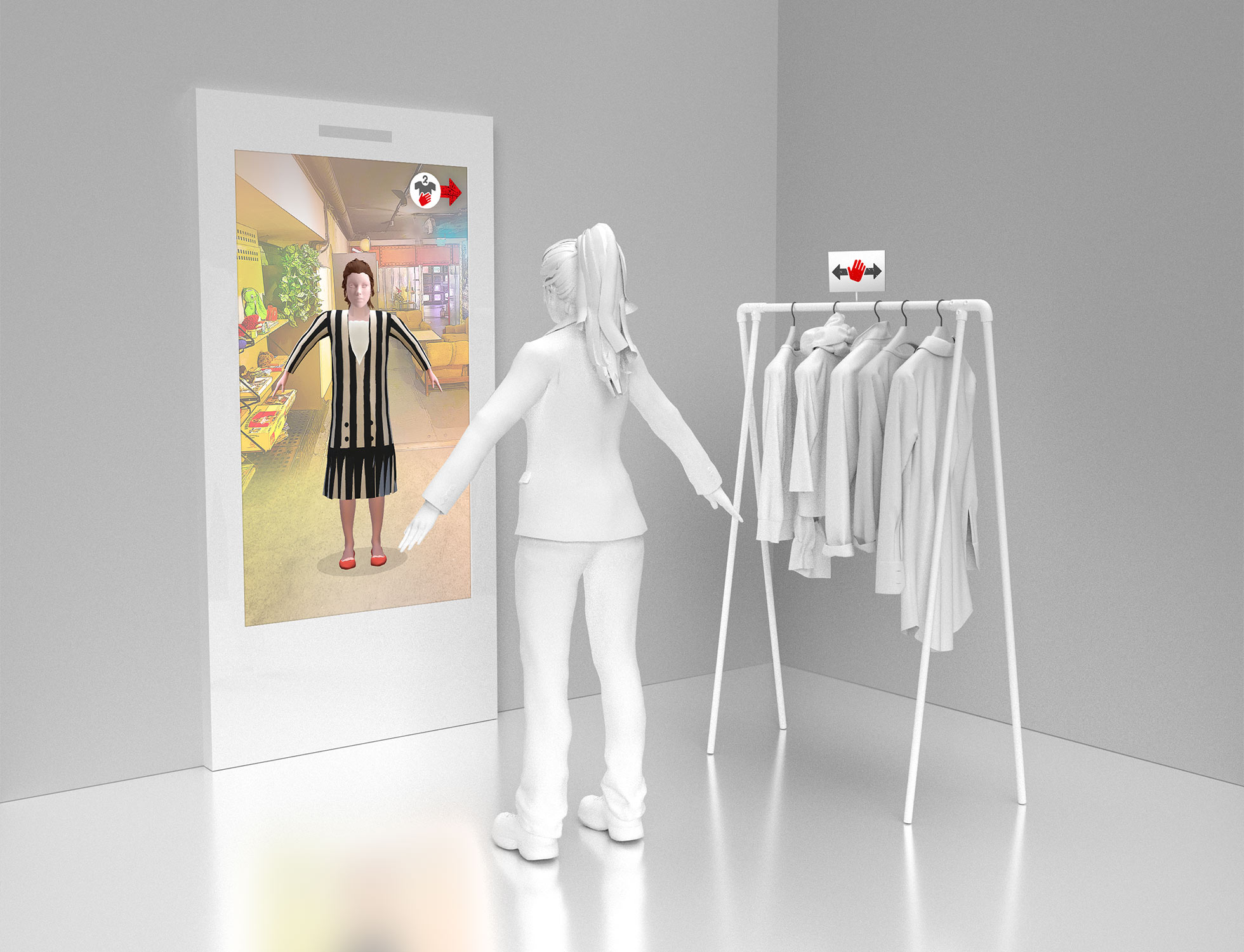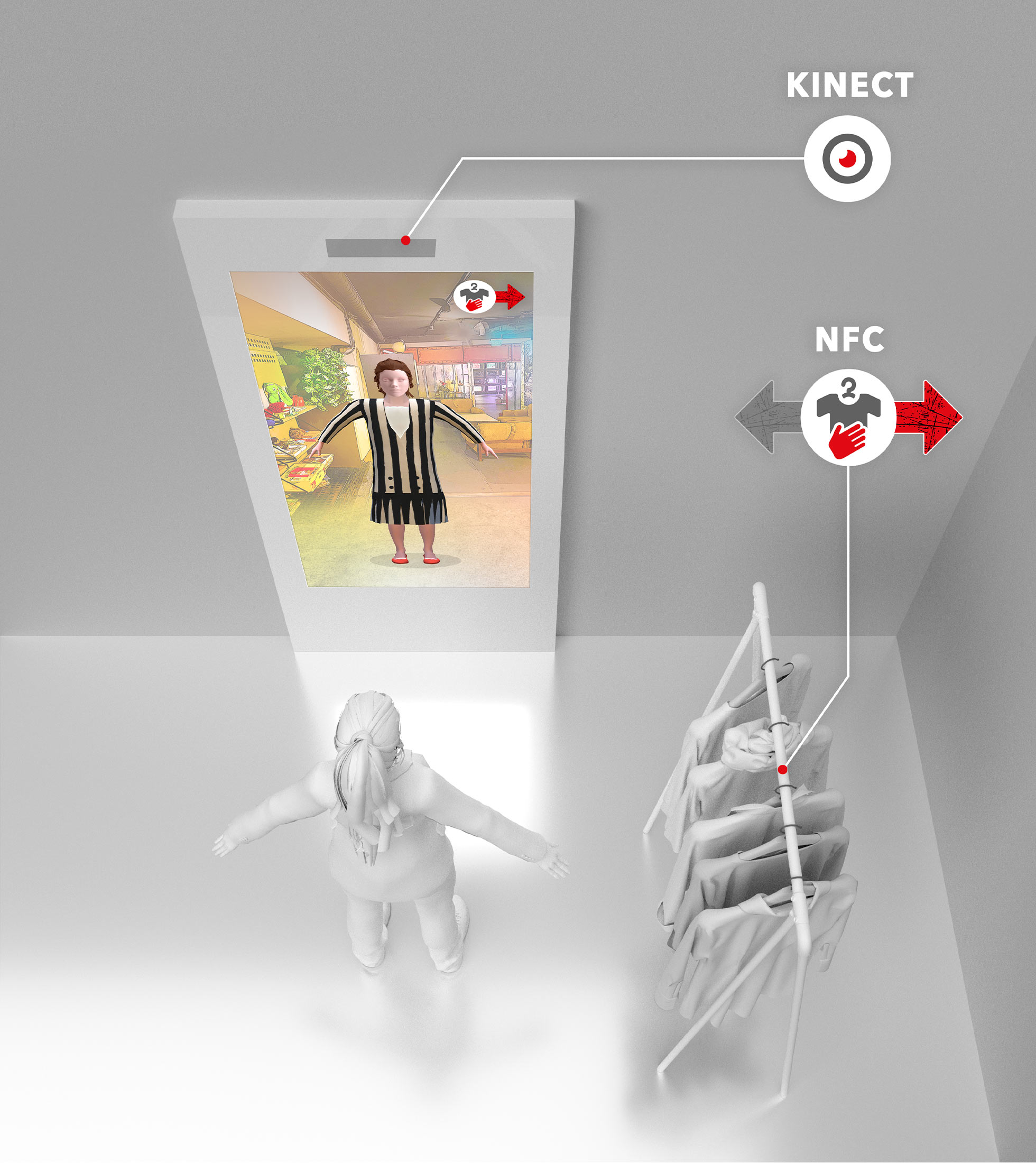We use cookies to improve your browsing experience on our site, show personalized content and analyze site traffic. By choosing "I Accept", you consent to our use of cookies and other tracking technologies.



We created a virtual dressing mirror for the visitors of the Budapest Retro Museum which fits into the existing elements of the experience center. The interested ones can try out the unique style of clothes that revive the fashion of decades ago in digital form.


We adapted to the style of the experience center in terms of all elements during the implementation of the project, so a completely retro-looking software was created. As soon as they reach the attraction, visitors will find the iconic retro costumes arranged on hangers. An NFC reader was placed on the cabinet rail with NFC tags on the hangers so the software could detect and identify the garment chosen by the participant. Thanks to this there is no need to physically test the sets, as the dressing mirror virtually places the current piece on the player.

Modern visuals were important to us, so we used clothing physics. As a result, the mirror does not show the movement and dynamics that were widespread in the past, but the garments adapt to the movement of the body in a similar way to reality. This process was new to us, as we were using it for the first time in a Kinect environment. We tried out a lot of available plug-ins before the end result, and in the end we tested which version best suited our needs.

We put a lot of emphasis on setting up Kinect properly to enhance the visitor experience. We added an extra camera so that we could display the sharpest possible image, and we also created a separate program for facelifting, which we connected to the software. We faced many challenges with the placement, as the attraction is on a glass floor, which made it necessary to eliminate reflections. We also had to reckon with the specific lighting and background, as all of these influenced the proper facial cutout. Incidentally, the height, physique and hair color of the given player also mattered, so we had to pay attention to the smallest details during the testing.
We create lasting experiences
Let's get in touch!